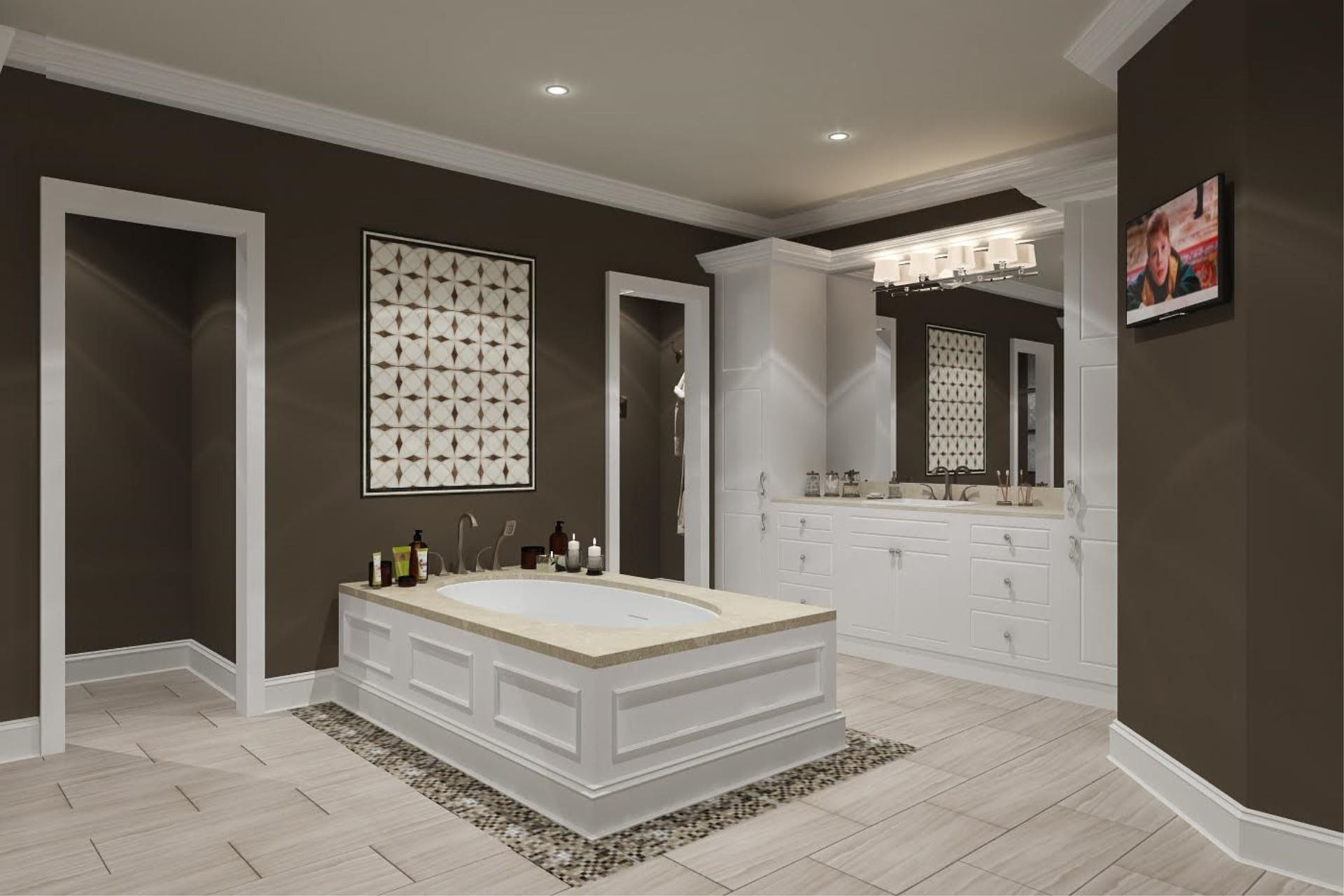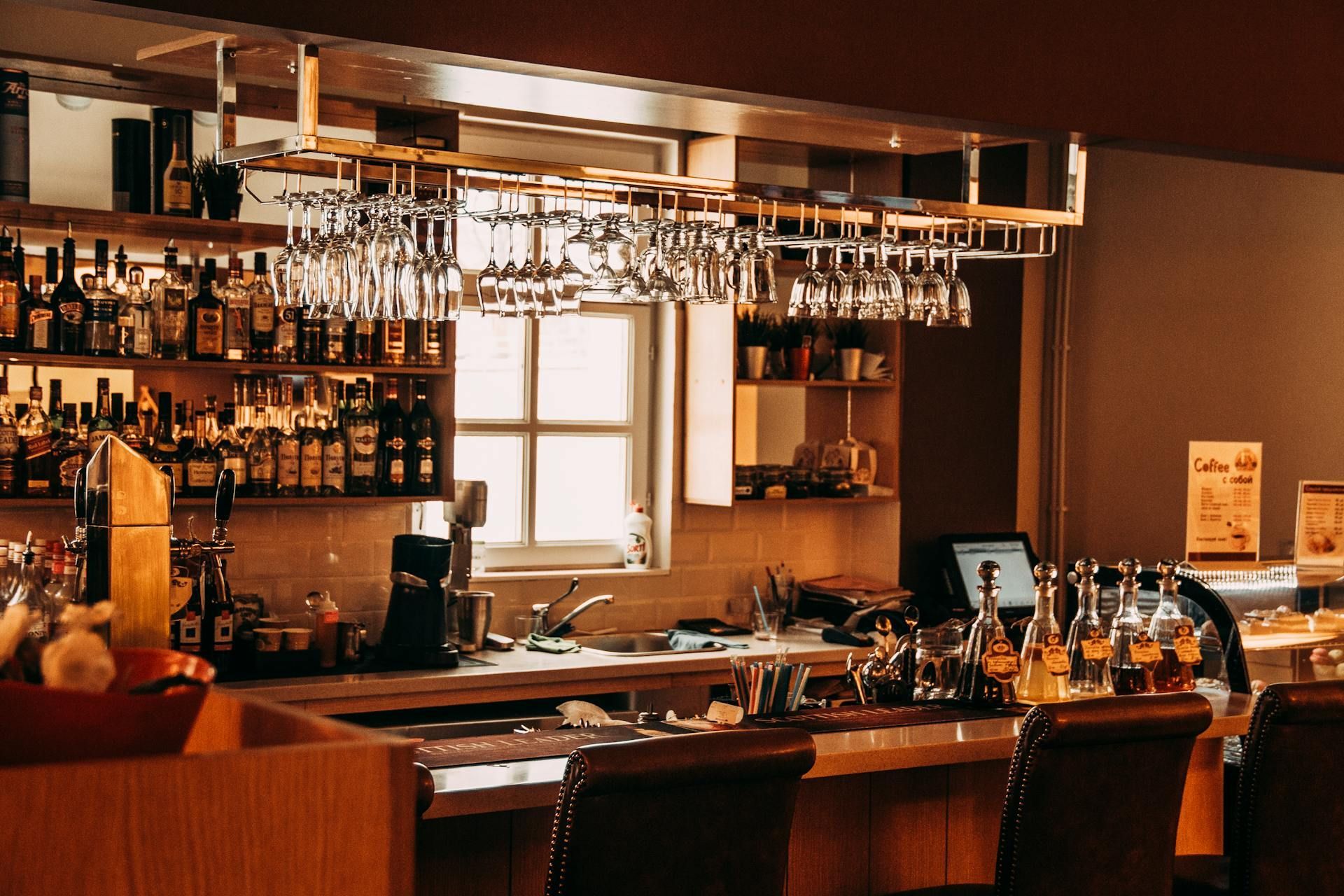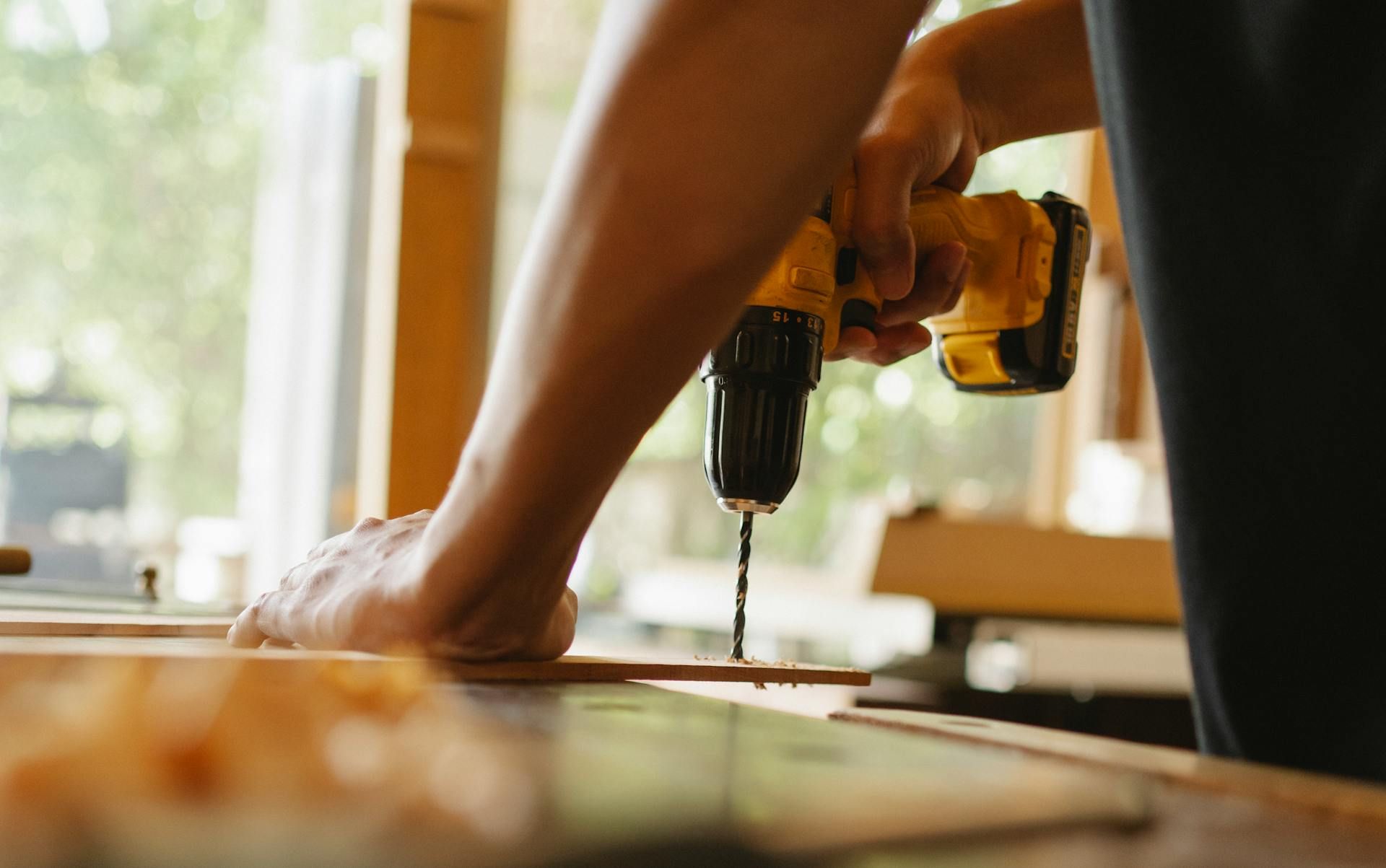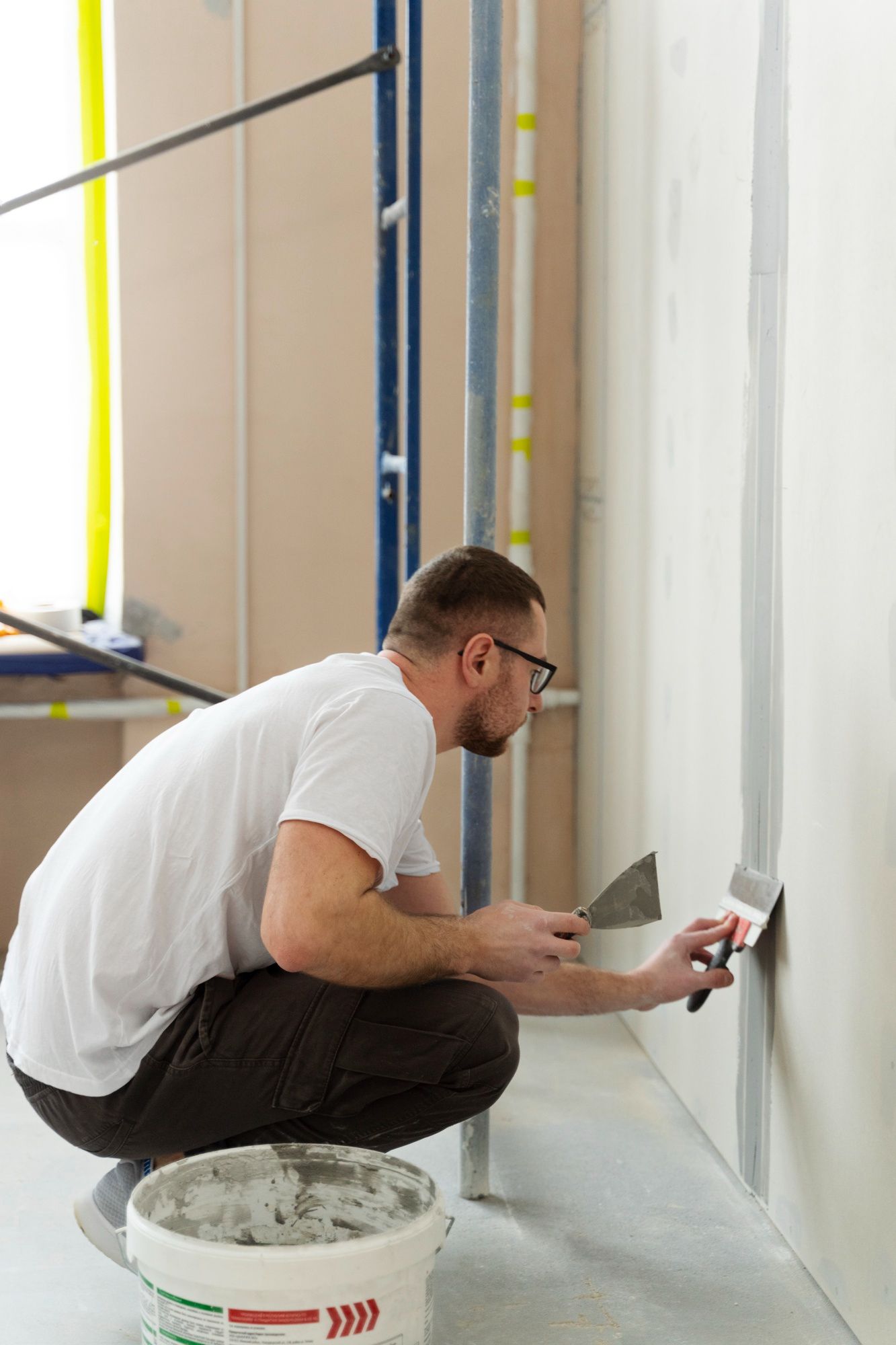Business Details
Address: 384 Pinewood Dr, Radcliff, KY 40160, United States
Phone: (270) 801-4034
Business Hours:
- Monday to Friday : 8:00 am to 5:00 pm
- Saturday: 12:00 pm to 5:00 pm
- Sunday: Closed
Different Types of Wood for Carpentry Projects
When it comes to carpentry projects, choosing the right type of wood is like selecting the perfect ingredient for a recipe. Different types of wood have unique characteristics that can impact the overall look and durability of your project. Whether you're building furniture, cabinets, or a deck, understanding the different types of wood for carpentry available can help you make an informed decision and ensure your project's success.
Now, let's explore the world of wood and uncover some of the most popular types of wood used in carpentry projects.
1. Pine
Pine is a softwood that is commonly used in carpentry projects. One of the biggest advantages of working with pine is its affordability. Compared to other hardwoods like oak or maple, pine is much more budget-friendly. This makes it an excellent option for those who are just starting out in carpentry and do not want to invest a lot of money in materials.
In addition to its cost-effectiveness, pine is also easy to work with. Its softness and straight grain make it easy to cut, shape, and sand, making it perfect for beginners or for projects that require intricate detailing. Additionally, pine is lightweight, which can make handling and manipulating the wood much easier than heavier hardwoods.
Despite its softness, pine is still a strong and durable wood. It is a popular choice for furniture, trim, and flooring because it is able to withstand wear and tear while still maintaining its integrity and beauty over time.
One of the most appealing aspects of using pine in carpentry is its natural appearance. Pine has a warm, rustic look that can add character and charm to any project. It can be stained or painted to match any decor, or left unfinished to showcase its natural beauty.
2. Oak
Oak is a hardwood that is known for its strength and durability. One of the main reasons why oak is so popular in carpentry is its strength and durability. Oak is a dense hardwood that is resistant to warping, cracking, and bending, making it an excellent choice for furniture and other projects that need to withstand heavy use. Its durability also makes it a great option for outdoor projects, such as decking and fencing, as it can withstand the elements and maintain its beauty for years to come.
In addition to its strength and durability, oak is also prized for its beauty. The distinctive grain pattern of oak adds a unique and natural touch to any project, and its rich, warm color can complement a wide range of interior design styles. Whether you prefer a traditional or modern aesthetic, oak is a versatile wood that can be stained or finished in a variety of ways to suit your taste.
Oak is also a sustainable choice for carpentry projects. As a slow-growing hardwood, oak is more environmentally friendly than faster-growing softwoods, such as pine. By choosing oak for your carpentry projects, you can help support responsible forestry practices and reduce your environmental impact.
When working with oak in carpentry, it is important to choose high-quality wood and take the time to properly prepare and finish the wood. Oak can be more difficult to work with than softer woods, so it is important to use sharp tools and take care to avoid splitting or damaging the wood. With the right techniques and a little patience, however, oak can be a rewarding and beautiful choice for your next carpentry project.
3. Cedar
Cedar is a softwood that is commonly used for outdoor projects such as decks and fencing. One of the key benefits of using cedar in carpentry is its resistance to rot, decay, and insect infestations. This makes it an ideal choice for outdoor projects such as fences, decks, and siding. Cedar’s natural oils act as a defense mechanism against pests and moisture, giving it a longer lifespan than other types of wood.
In addition to its durability, cedar is also prized for its aesthetic appeal. The wood has a unique grain pattern and rich color that adds warmth and character to any project. Whether used in furniture, trim work, or accent pieces, cedar can instantly elevate the look of a space.
Another advantage of using cedar in carpentry is its workability. Cedar is a softwood that is easy to cut, shape, and sand, making it an excellent choice for beginners and seasoned woodworkers alike. It also has a natural resistance to warping and shrinking, which helps maintain the structural integrity of the finished product.
4. Maple
Maple is a hardwood that is known for its durability and beautiful grain pattern. One of the main reasons carpenters love using maple is its durability. It is a hard, dense wood that can withstand wear and tear, making it perfect for high-traffic areas in the home. Maple also has a smooth texture and straight grain, which gives it a clean and polished look when finished properly.
In addition to its durability, maple is also a versatile wood that can be stained or painted to match any design aesthetic. Its light color and fine grain make it easy to work with, allowing carpenters to create intricate designs and patterns. Whether you are looking to create a modern, sleek look or a more traditional, rustic feel, maple can be tailored to fit your specific style.
Another benefit of using maple in carpentry is its stability. Maple is known for its ability to resist warping and shrinking, making it a reliable choice for long-lasting projects. This stability is especially important for furniture pieces that need to withstand everyday use and environmental changes.
5. Mahogany
Mahogany is a hardwood that is known for its rich color and elegant appearance. mahogany is a very durable and long-lasting wood. This makes it perfect for furniture that will see a lot of wear and tear, such as tables, chairs, and cabinets. Mahogany is also resistant to rot and decay, making it a great choice for outdoor furniture as well.
In addition to its durability, mahogany is also very easy to work with. It cuts cleanly and easily, making it a favorite among carpenters and woodworkers. Its smooth grain also takes stains and finishes beautifully, allowing you to achieve a polished and professional look on your finished projects.
Another benefit of using mahogany in carpentry is its natural beauty. The rich color and grain of mahogany add a touch of elegance and sophistication to any piece of furniture. Whether you're building a dining table, a desk, or a bookcase, mahogany will instantly elevate the look of your project.
Furthermore, mahogany is a sustainable choice for carpentry projects. While mahogany trees are slow-growing and can take years to mature, many responsible suppliers offer FSC-certified mahogany that ensures the wood is sourced from sustainably managed forests. By choosing mahogany, you can create beautiful furniture pieces without harming the environment.
We can Work with Different Types of Woods
When you're in need of carpentry work that involves different types of wood, be sure to hire
Certified Carpentry. We can bring your vision to life with skill, precision, and care. With our knowledge and expertise, you can trust that your project will be completed to the highest standards and will stand the test of time.
Business Details
Address: 384 Pinewood Dr, Radcliff, KY 40160, United States
Phone: (270) 801-4034
Business Hours:
- Monday to Friday : 8:00 am to 5:00 pm
- Saturday: 12:00 pm to 5:00 pm
- Sunday: Closed
Navigation Links
All Rights Reserved | Certified Carpentry LLC










